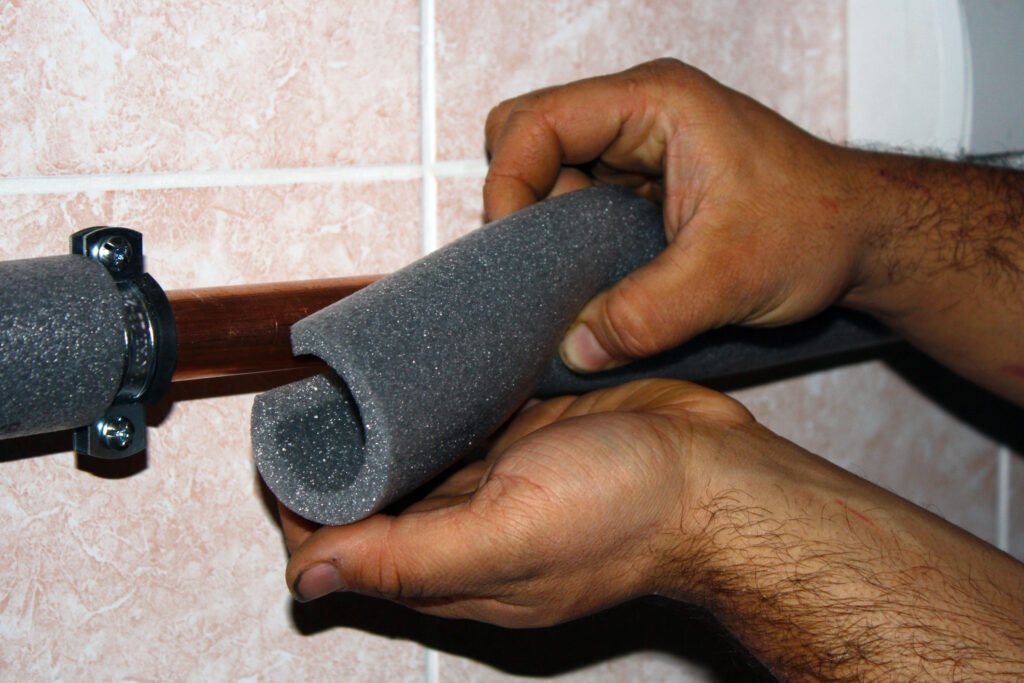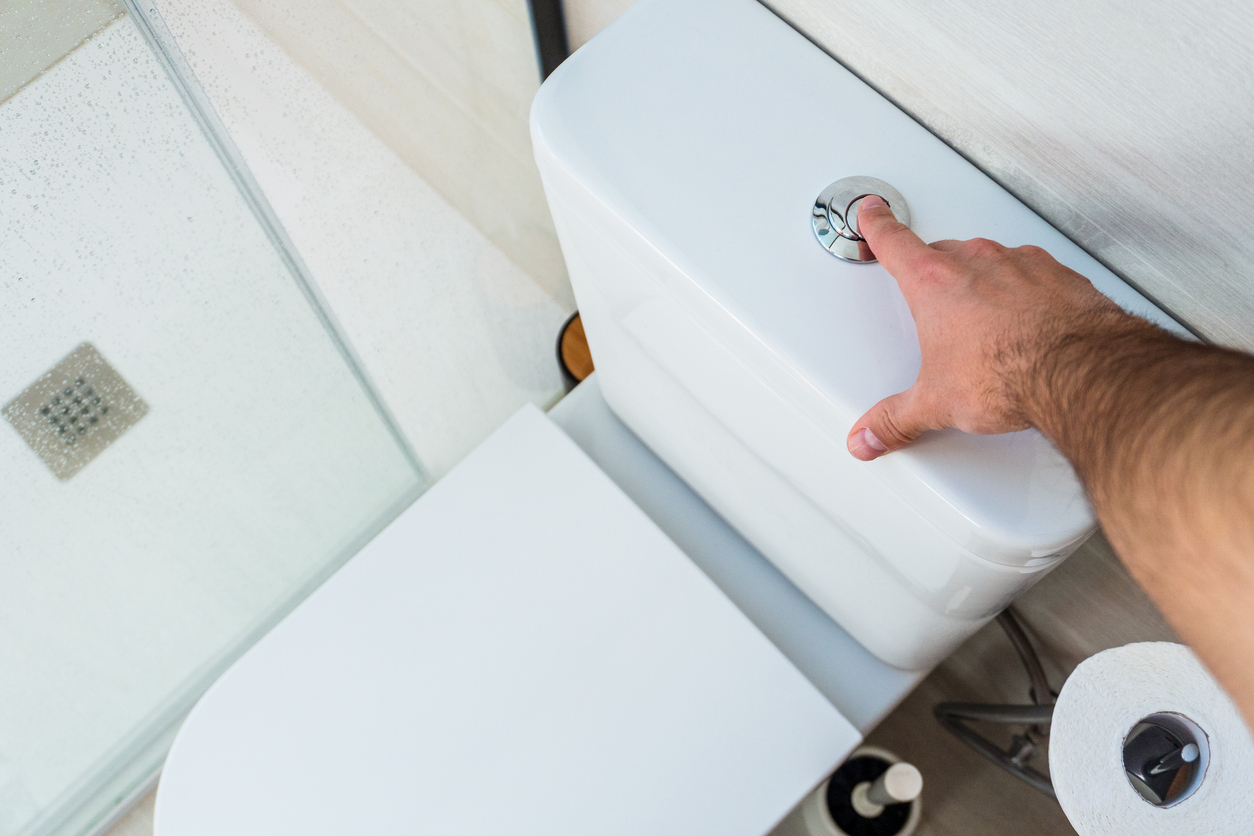
It’s important to have a reliable and powerful furnace to ensure your total comfort when the weather changes. If you experience problems like weak heating or short cycling, don’t stress. Many furnace problems can be troubleshooted by homeowners.
In this article, the HVAC experts at Unique Indoor Comfort offer a guide to the most common furnace issues, along with DIY fixes and signs that you need professional furnace repair in Philadelphia.
Weak or Uneven Heating
One of the most common furnace problems to plague Philadelphia homeowners is insufficient heat. If your furnace is running, but some rooms are colder than others or your entire home isn’t warm enough, it could be a furnace issue. Homeowners can troubleshoot by checking thermostat settings, ensuring vents are open and unblocked, and switching out dirty or clogged air filters. If this doesn’t fix the issue, you may need a professional to check for lower motor or heat exchanger issues.
Strange Noises
Homeowners should call for emergency heating service in Philly if they are experiencing strange noises. Sounds like rattling, squealing, or grinding all point to internal component issues that, if left unaddressed, will get worse over time. To avoid more costly repairs, call a technician to diagnose the issue. The most common causes of these noises include worn belts or bearings, blower motor failure, or loose components.
Furnace Blowing Cold Air
When Philadelphia temperatures drop, you won’t want your furnace blowing cold air into your home. There are several reasons why this occurs. Homeowners can attempt to fix the problem by ensuring that the thermostat is set to “ON” instead of “AUTO,” checking that the pilot light is on, and resetting the furnace at the breaker. If this doesn’t result in warmer air, you may need a professional to check for ignition system issues or overheating.
Short-Cycling
Your furnace should not turn on and off every few minutes. These incomplete heat cycles not only reduce your overall comfort but also add stress and strain to the system. If the problem is reduced airflow, homeowners can solve the issue by replacing air filters and making sure vents are open and unobstructed. However, if the root issue is overheating, you may need professional repairs.
Furnace Won’t Turn On
If your furnace won’t turn on, it’s important to restore heat quickly, especially in the cold weather. We recommend checking for tripped breakers, thermostat battery issues, and changing filters to ensure proper airflow. If the furnace still won’t turn on, you may have electrical issues, ignition problems, or broken components that require professional repair.
Call Unique Indoor Comfort for Fast Furnace Repairs
At Unique Indoor Comfort, we’re committed to your total comfort. That’s why we’re proud to offer expert furnace repair with emergency availability. Our highly trained technicians have the skills and experience to diagnose and fix even the most complex issues to restore your system. Plus, we offer comprehensive HVAC maintenance for Philadelphia homeowners to prevent urgent repairs and keep your system operating at peak performance.
Don’t let furnace issues interrupt your comfort. Call Unique Indoor Comfort today to schedule furnace repair in Philadelphia.


